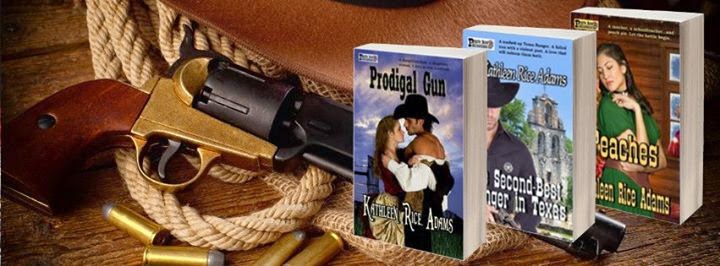 |
| William Fetterman, Capt., U.S. Army |
(For an updated, more detailed version of this post, visit Sweethearts of the West, where I blog on the 12th of each month.)
“Give me eighty men and I'll ride through the whole Sioux Nation.”
So said Captain William Fetterman as he assumed command of a U.S. Army detail tasked with escorting a wood-cutting expedition through the northern Wyoming Territory in 1866. A fellow officer had declined the command after mounting, and failing to sustain, a similar effort two days earlier.
On the morning of Dec. 21, within minutes of their departure from Fort Phil Kearney, Fetterman, 79 infantry and cavalry troops, and two civilian scouts encountered a small band of Oglala led by Crazy Horse. Despite orders not to engage "hostiles," the detail gave chase … right into an ambush. A force of about 2,300 Lakota and Northern Cheyenne led by Red Cloud killed the entire detachment, then scalped, beheaded, dismembered, disemboweled, and/or castrated the dead soldiers.
Native casualties: 63.
Whether Fetterman deliberately disobeyed his commanding officer’s order or the commander massaged the truth in his official report remains the subject of debate.
Among the Sioux and Cheyenne, the event is known as the Battle of the Hundred Slain. Whites know it better as the Fetterman Massacre.
Ten years later, Lt. Col. George Armstrong Custer would make a similar mistake at Little Big Horn in Montana.




